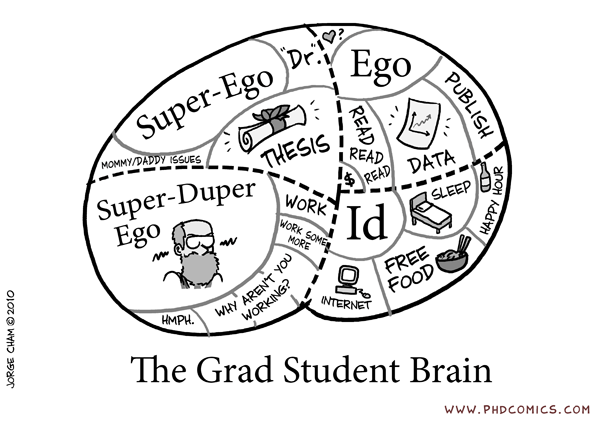|
Last Update: Friday, 18 April 2014
Note: |
|
Last Update: Friday, 18 April 2014
Note: |

| "I used to think that the brain was the most wonderful organ in my body. Then I realized who was telling me this." —Emo Phillips |



That makes it sound as if the ENS is a "module", which, if Baars is right, also renders it unconscious.
